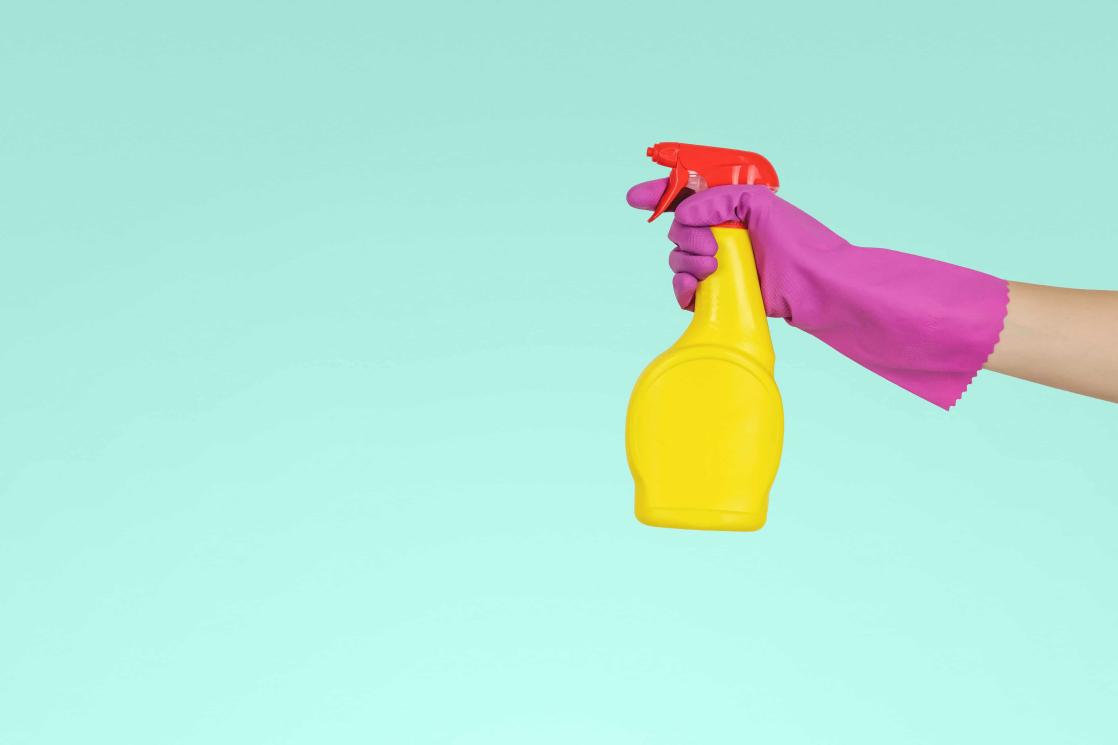As you can observe in your bathroom, regular usage of this space means that it can become dirty over time. Just take a look at the rain shower and you will see grime and scales that accumulate on it.
A good habit to form in your home is deep cleaning the bathroom. But how should you do it? Here are the steps:

How to Deep Clean the Bathroom
Descale the shower head
One bathroom fixture that is often overlooked is the shower head. This is especially true on overhead fixtures like the rain shower or ceiling-mounted shower heads. It is also not noticeable because the water flows through the individual shower head nozzles.
The danger with an unclean shower head is the germs and bacteria that can grow on it. Some can cause certain diseases like pulmonary and stomach illnesses. The germs can also spread to your lungs if you are not careful.
What to do: You do not have to spend much in deep cleaning your bathroom. Take the white vinegar from the kitchen and soak the shower head in it overnight. For fixed shower heads, you can put the vinegar on a bottle container and slowly spray it on the surface of the shower head.
Clean the tile grout
When was the last time that you checked your tile grout? It is very porous and can be a habitat for fungi, germs, and bacteria. It can also collect dirt over time.
Before you start cleaning the grout, you must first take note of the type of grout that was used in your bathroom. It can be a sanded grout, unsanded grout, or epoxy grout. The level of effort in cleaning and scrubbing depends on the type of grout used.
What to do: Use bleach, vinegar, or baking soda and let it stand for 10 to 15 minutes. You can use a grout scrubber or brush and start cleaning the grout. To avoid any damage to the grout, you should use a medium bristle brush. You may use warm water after scrubbing to clean the surface but do not use too much water.
Clean the ceiling and wall
The splash of water from bathroom use goes to the ceiling and walls. Dirt, grime, hair, and dead tissues may also stick to these surfaces.
What to do: You may use hot or warm water to prep the area. You can also spray a surface cleaner on these areas and let it stand for five to ten minutes. Then, wipe the ceiling and wall using a dry cloth. You can do this multiple times, especially in areas where there are hard-to-remove stains.
Wash the shower curtains
Another area of the bathroom that collect germs and bacteria is the shower curtain. Because it directly becomes wet every time you take a bath, it also can be a place for mildew, fungi, and bacteria to grow.
What to do: Remove the shower curtain and place it in the washing machine. Use a normal detergent to wash the curtain. Remove any metals or hard parts of the shower curtain so that it will not tear portions of the curtain while being washed inside the washing machine.
Clean the bathtub
The bathtub can often get dingy after use because of the collection of dirt and dead cells after every bath.
What to do: Use baking soda or vinegar and spray it on the surface of the bathtub. Then, use a sponge or clean cloth to remove the loosened scum and dirt. Rinse the tub with water.

Conclusion
You should always keep your bathroom clean. You have to schedule the regular maintenance and cleaning of each part of this space. From the tiles to the rain shower head, you should remind yourself to observe the little details of your bathroom fixtures and see which of these have accumulated grime and dirt. Follow our suggestions to keep your bathroom safe to use for your family.








